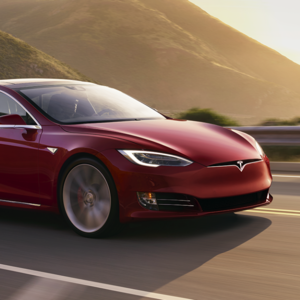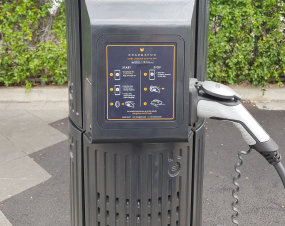We love hearing about new electric variants for vehicles of all kinds, from cars to bicycles to snowmobiles. But even in this tough competition we think there’s one kind of e-mobility with more game-changing potential than them all: electric dirt bikes.

It’s been three months since we dug into Australia’s electric motorbike deficit, and in that time we’ve learned a lot about the motorcycle industry and the passionate community behind it. We’ve also seen some interesting developments in the space.
We’ve written before about dirtbike-maker KTM’s foray into electric tech, the FREERIDE E. These bikes use hot swappable batteries to stay on the trails for longer, and they’ve set the stage for e-dirtbikes’ growth in the offroad segment.

Are swappable EV batteries really a dead end?
Dirt bikes are a perfect fit for the advantages of electric tech with little to lose from its weaknesses. Trail riding is made much less abrasive for riders and spectators without the aggressive whine of a two or four stroke engine. That reduced noise means e-bikes can ride closer to occupied areas without being chased out, and are much less likely to scare animals.
They’re not just quieter than combustion, either. Electric motorcycles require a fraction of the maintenance of their counterparts. No spark plugs, coolant, oil changes or engine services. That saving comes on top of an already-reduced running cost from not needing fuel.
So what do they need? Well, at the very least they require a motor, a battery, and two wheels. And that’s about it. Even gears are an optional extra when electricity is involved; while combustion bikes are only efficient in a narrow RPM range, e-dirtbikes can use 100% of their torque straight off the line.
Which becomes particularly valuable on rocky trails, mud, or sand. Dirtbikes spend far more time accelerating and braking than other kinds of vehicles, something that caters well to the power-use characteristics of electric far more than combustion.

The future for electric motorbikes in Australia
And even when it doesn’t, there are ways to get riding again without delay. Battery swapping tech makes it easier than ever to stay on the trail. A KTM e-bike transported on the back of a ute can easily be moved with a backup battery, making limited range a comparatively minor issue.
But it has to be said, buying extra batteries isn’t always an option for the aspiring electric motorcycle owner. E-bikes have been notoriously expensive since their inception; even low-end machines with 40-50 km/h top speeds retail for as much as some high quality combustion road bikes.
A lot of that high price is directly tied to the batteries. Doubts about their life and potential savings have kept interest relatively muted, and manufacturers have been hesitant to offer more models.
And unfortunately for those looking to take advantage of the technology, many of the top models sold today aren’t offered in Australia. It’s looking like we’re in for a wait before e-dirtbikes make their way to the sport’s mainstream Down Under.
Check out more EV news and updates on the JET Charge blog. You can contact us at info@jetcharge.com.au with personal EV charging inquiries or follow our Facebook page for regular updates.



